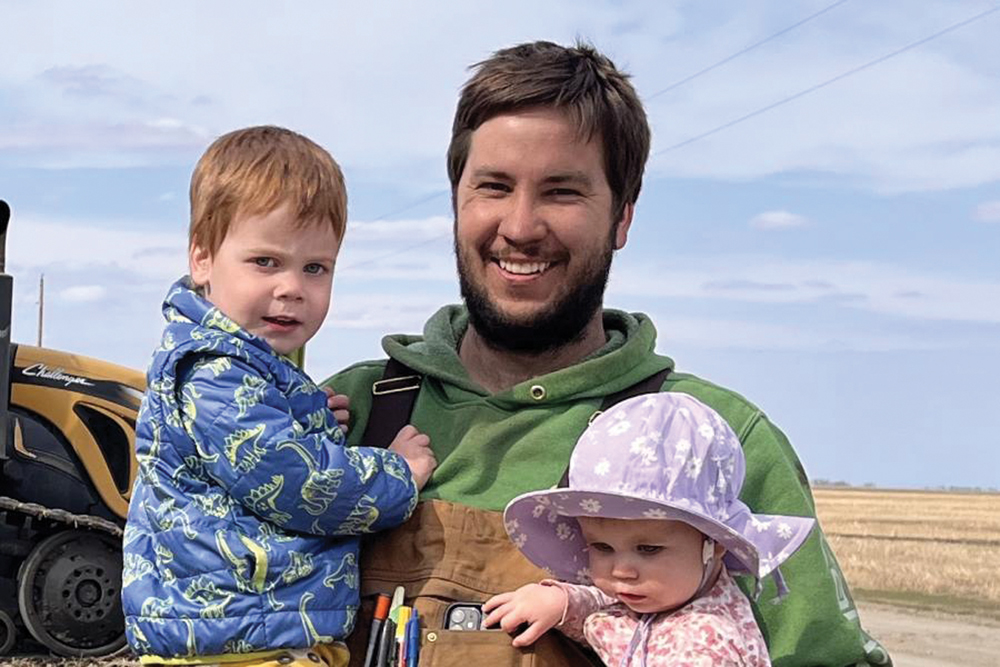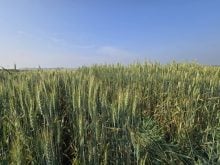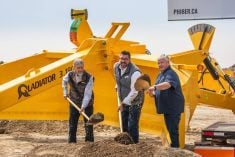Manitoba farmers are embracing new technology and they want more of it, but bells and whistles don’t interest them. They want results.
“You can’t test everything before you buy it, but we always want to try and do as much research on the topic as we can, whether it’s new technology, new machinery or a new crop variety,” said Reid Mazinke, who farms with his father and brothers southwest of Morris.
Why it matters: Getting a leg up with new technology can help farms run more efficiently.
Read Also
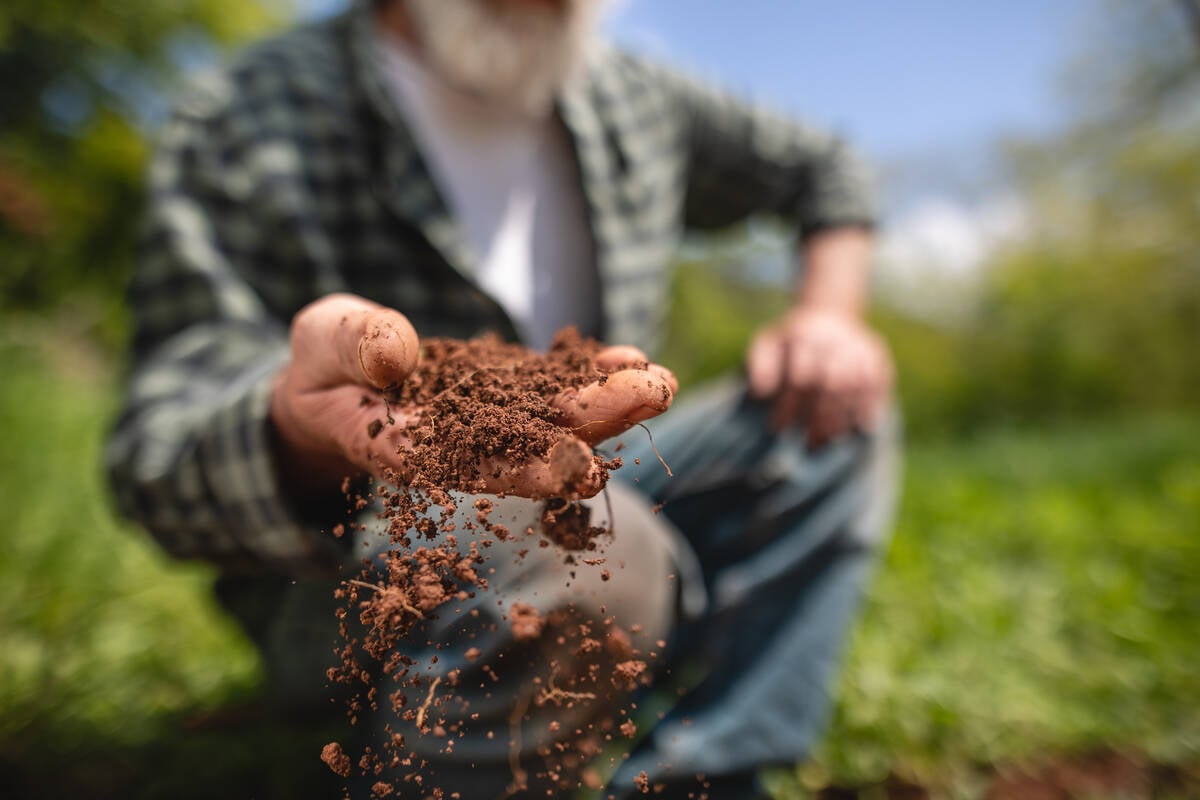
Finally getting paid for sustainable farming?
Alberta project says they might have a line on a workable ecosystem credit model to reward farmers for sustainability, and Manitoba might be next
Mazinke was one participant in a mid-December producer panel focused on how farmers are using new technology, held during the Manitoba Agronomists Conference hosted by the University of Manitoba.
He grows oats, canola, soybeans and sometimes sunflowers, and said the first step when assessing a new technology is talking to others who are familiar with it. But that’s not the only headache-saving strategy he uses. When possible, he looks for a hands-on experience.

“We really want to get it on the farm and test it out,” he said. “If it’s a new variety, put a couple of strips in the field or, for machinery, we want to put it head-to-head with something. We just want to really make sure that it’s a proper fit for our farm before we make that decision.”
Mazinke was joined on the panel by Tyler Menold, who farms with his father, brothers and all their families southwest of Carman, and third-generation farmer Fiona Jochum, who grows wheat, oats, canola and soybeans on her family’s farm near St. François Xavier.
The panel was moderated by Manitoba Agriculture pulse specialist Dennis Lange, who walked the panelists through a series of technology-related questions.
Testing the waters
Jochum said it is sometimes difficult to see the benefits of changes implemented on the farm without a good baseline for comparison.
This spring, her farm tried new seeding rates on several crops. For cereals, they seeded based on 1,000 kernel weight. For soybeans, they switched from seeding on 20-inch spacing to 10-inch spacing, and with canola, they lowered seeding rates.
They had different-looking stands than they were used to, and since Jochum was in charge of seeding, eyebrows were raised in her general direction.
“I went out there with my tape measure and spent a lot of hours doing seed counts and checking out our emergence, and we did have very good emergence – 90 per cent,” she said.
But without knowing the farm’s emergence numbers in previous years, there was no baseline comparison to be had so it was difficult to know whether the changes were favourable.
Not every decision is a home run
Even with careful consideration of technology decisions, not every choice can hit it out of the park. For Menold, his farm’s flirtation with biological-based inputs was a swing and a miss.
“We tried out a few and it has just been a big waste of time so far,” he said.
Commercially available biologicals are relative newcomers to the input market and refer to products derived from natural sources like microorganisms, plant extracts or beneficial insects. The promise is to enhance crop productivity and manage pests while minimizing environmental impact.
Menold said the products didn’t deliver on that promise.
“So now it’s on the biological companies. They need to do some work and show us that data before we try that on our farm again.”
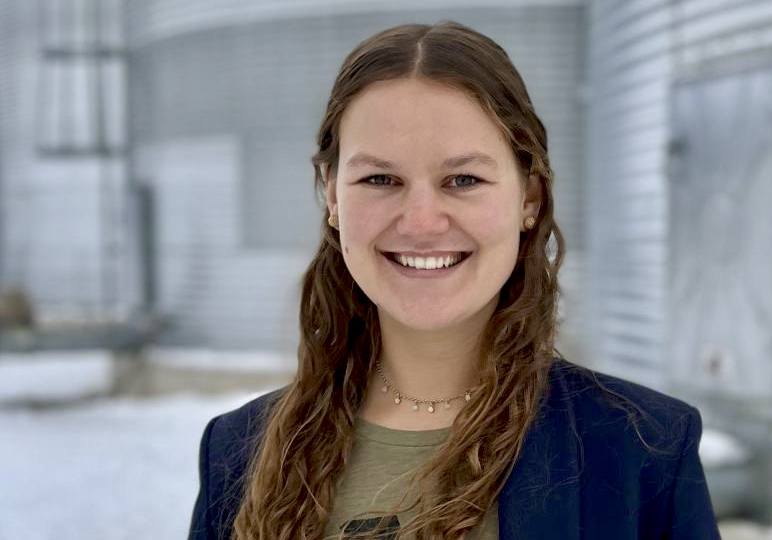
Good for one, not for another
In some cases, one farm’s trash is another’s treasure. Adding scales to grain carts was a game changer on Jochum’s farm, but it created issues for Mazinke.
“We have had scales on our grain carts, but mice keep chewing wires,” he said. “It’s really nice when the scale works, but it sucks when it doesn’t.”
Similarly, Jochum finds Bayer’s field-level data collection and analysis suite, Climate Fieldview, to be an indispensable tool, but Menold says the software hasn’t been helpful on his farm.
“We were pretty disappointed in Climate Fieldview. Our equipment was just too old and not John Deere enough,” he joked. “It seems like a great idea, but it just doesn’t work with our equipment right now.”
On other technologies, the panelists were mostly on the same page. Both Mazinke and Jochum said switching to straight cutting canola was a quick and easy change that paid off almost immediately.
“We straight cut a regular canola variety before the shatter-resistant varieties were out,” said Jochum. “But then the next year we had pod-shatter-resistant canola, which worked so well we sold our swather immediately. That was a quick win.”
Looking ahead
Asked what’s on their wish list in terms of technology to make their farms run more efficiently, Mazinke wants something to identify the right time for spraying.
“It’s hard to trudge through a canola field, so timing for canola fungicide application would be nice,” he said.
He wonders if that could be achieved through satellite imagery or drone technology. In the same vein, he said something that predicts disease pressure would be helpful.
“Obviously, you still have to go check the field timing, but maybe just [having] another tool in the toolbox.”
Jochum wants a better data analysis tool.
“I want something to be able to aggregate [the data] and then show me ‘this’ is what’s been happening,” she said. “I’d like it to be easier to compare year to year what’s been going on the farm instead of me having to sort through all of that data.”
Menold’s wish list is relatively simple: the bigger, the better.
“Let’s get bigger equipment. We’ve got 60-foot combine headers; now combines need to catch up. We need to be spreading straw and chaff 60 feet, not just 40 or 30,” he said. “Also, bigger sprayers; let’s get over 200 feet. Let’s get bigger tanks and let’s spray more in a day.”


